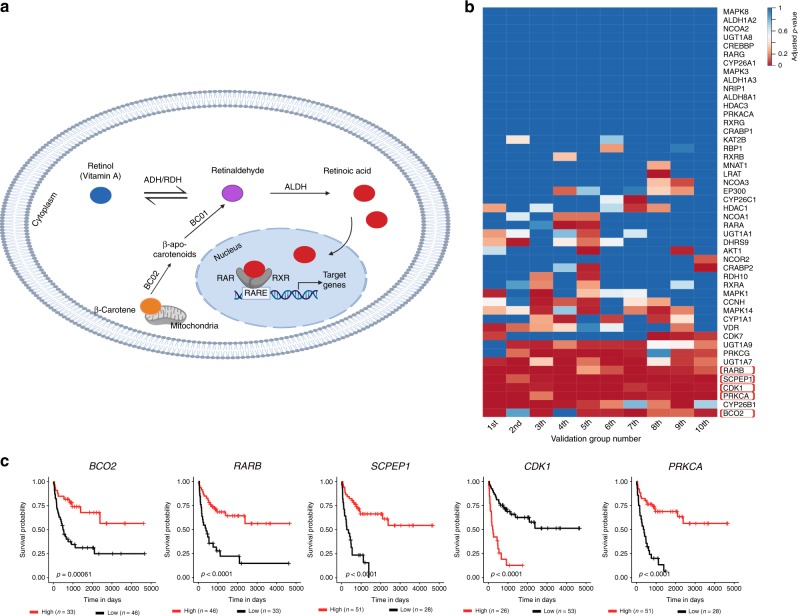Fig. 4. Expression levels of RA pathway genes in ACC associate with progression in adult patients.
a A depiction of the RA signalling pathway. Retinol (Vitamin A) is reversibly oxidised to retinaldehyde by the alcohol dehydrogenase (ADH) or retinol dehydrogenase (RDH) enzymes. Retinaldehyde is irreversibly oxidised to retinoic acid (RA), the active form of retinol, by the action of aldehyde dehydrogenases (ALDH) family members, also known as retinaldehyde dehydrogenases (RALDH). Retinaldehyde can also be produced from β-carotene. Beta-carotene oxygenase 2 (BCO2) asymmetrically cleaves β-carotene to generate β-apo-10′-carotenal, which is then converted to retinaldehyde, by BCO1. RA is the ligand for the nuclear receptors, retinoic acid receptor (RAR) and retinoid X receptor (RXR). RA regulates the transcription of its target genes following its binding to the RAR/RXR- retinoic acid responsive element (RARE) complex. b A heatmap representing the level of significance of the association of the transcript levels of RA pathway genes with progression-free interval of ACC patients. The results for the transcripts for all 48 genes are presented for the 10 Validation groups. P-values represent the Bonferroni adjusted p-values and considered significant if p < 0.05. Genes were considered hits if they were found to be significantly associated with ACC in six or more of the Validation groups and are boxed in red. c Kaplan–Meier survival curves for the significant hits. The plots were derived using all adult ACC patients (n = 79). Statistical analyses were performed using the Log-rank test and the p-values are indicated on the graphs.

